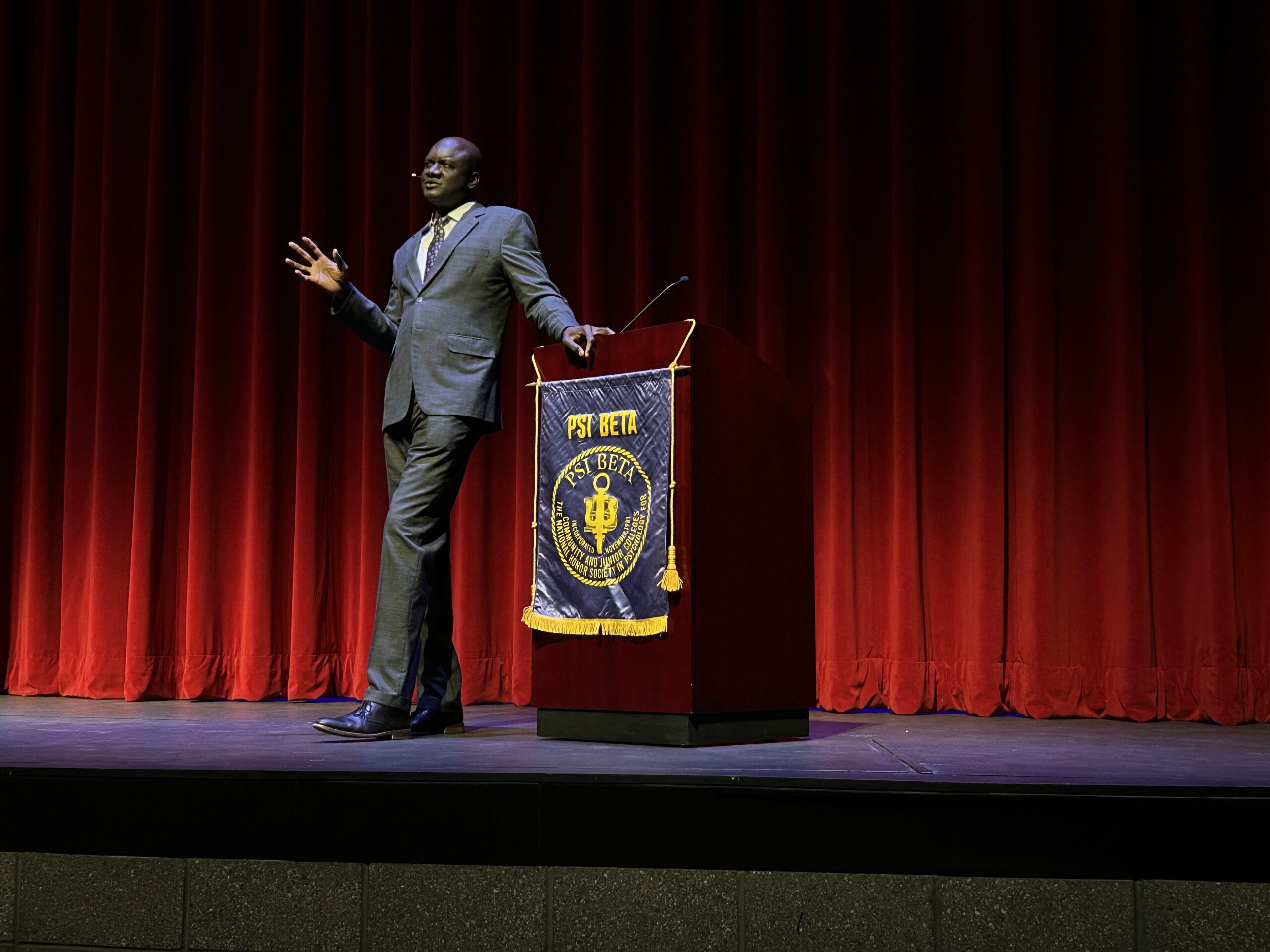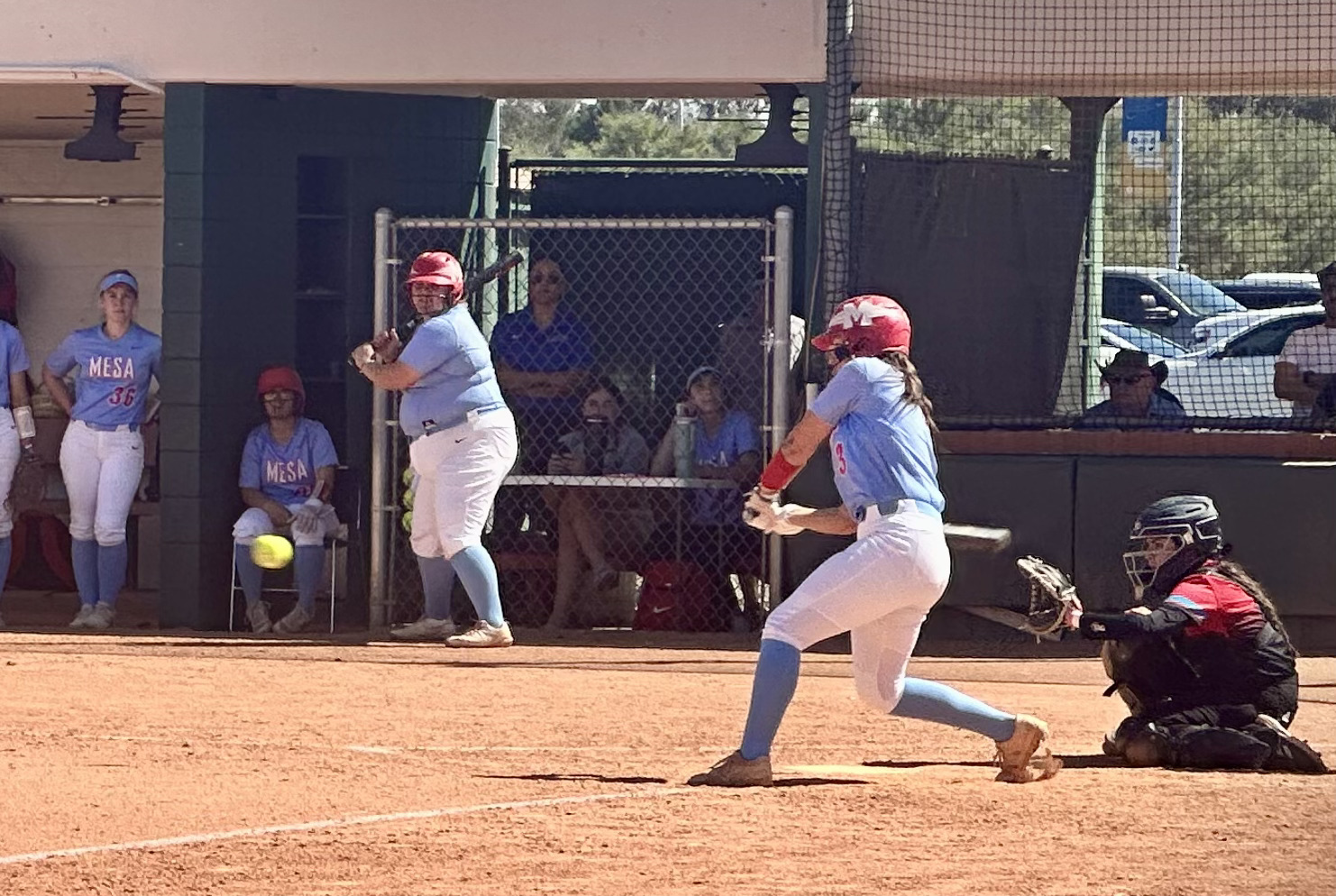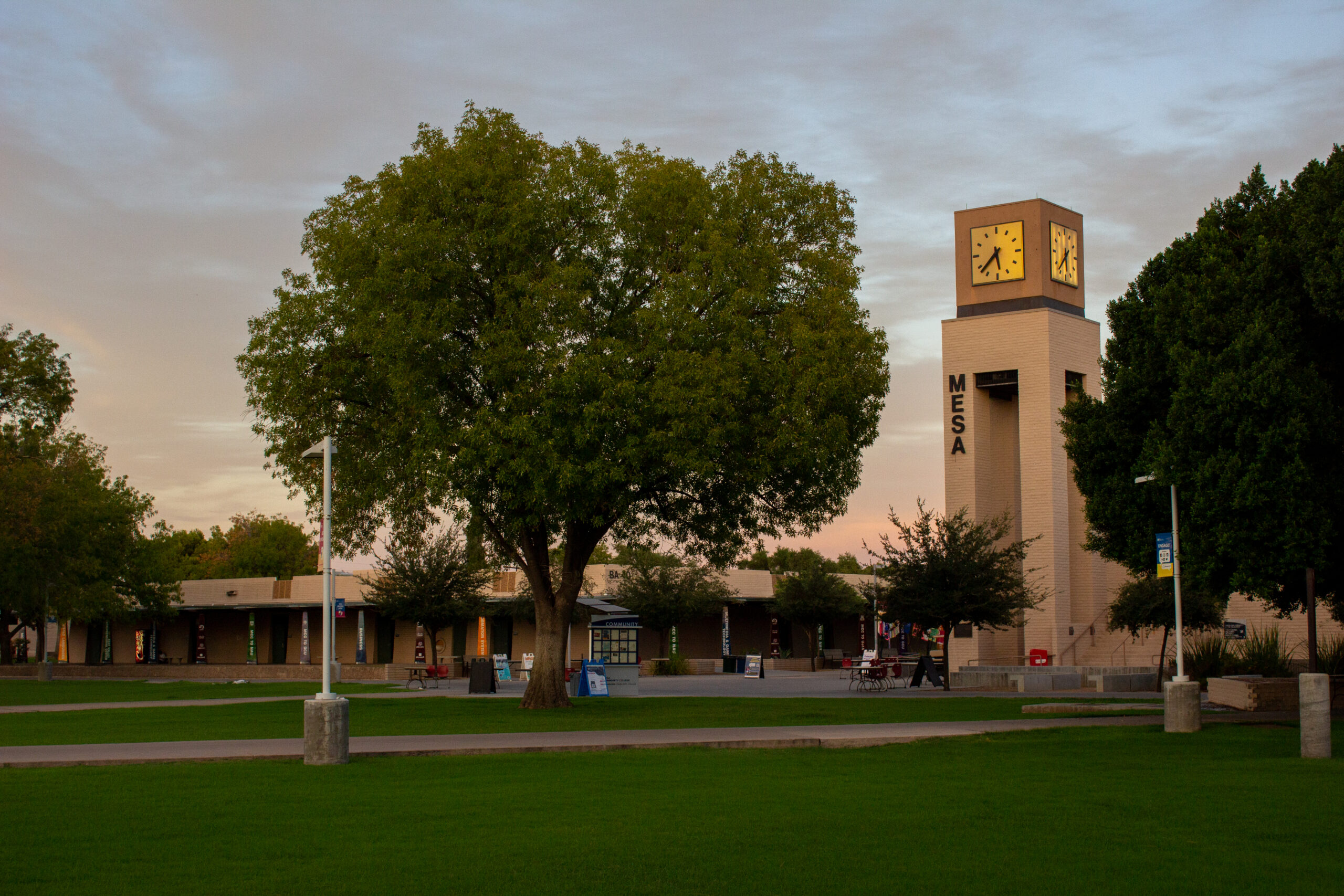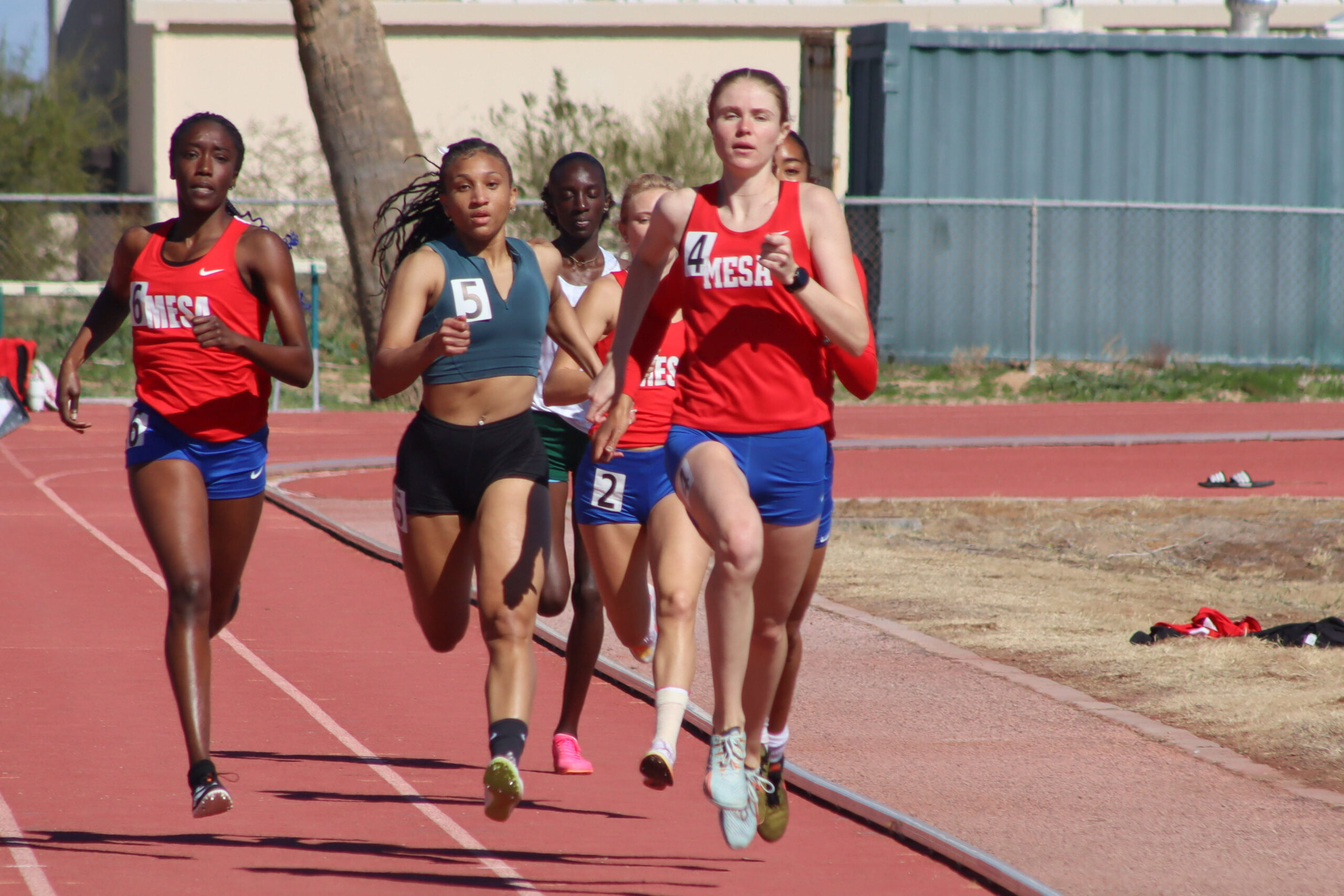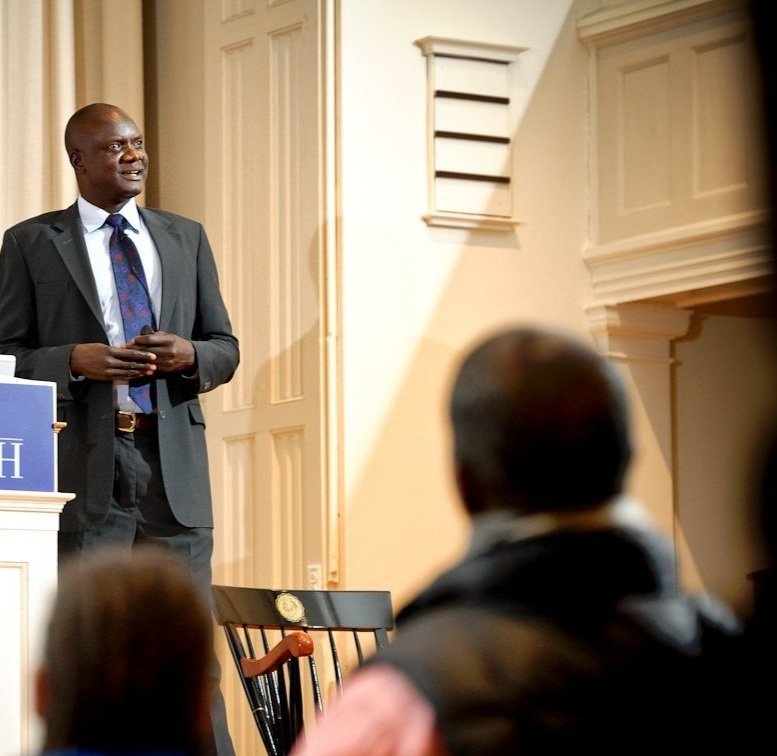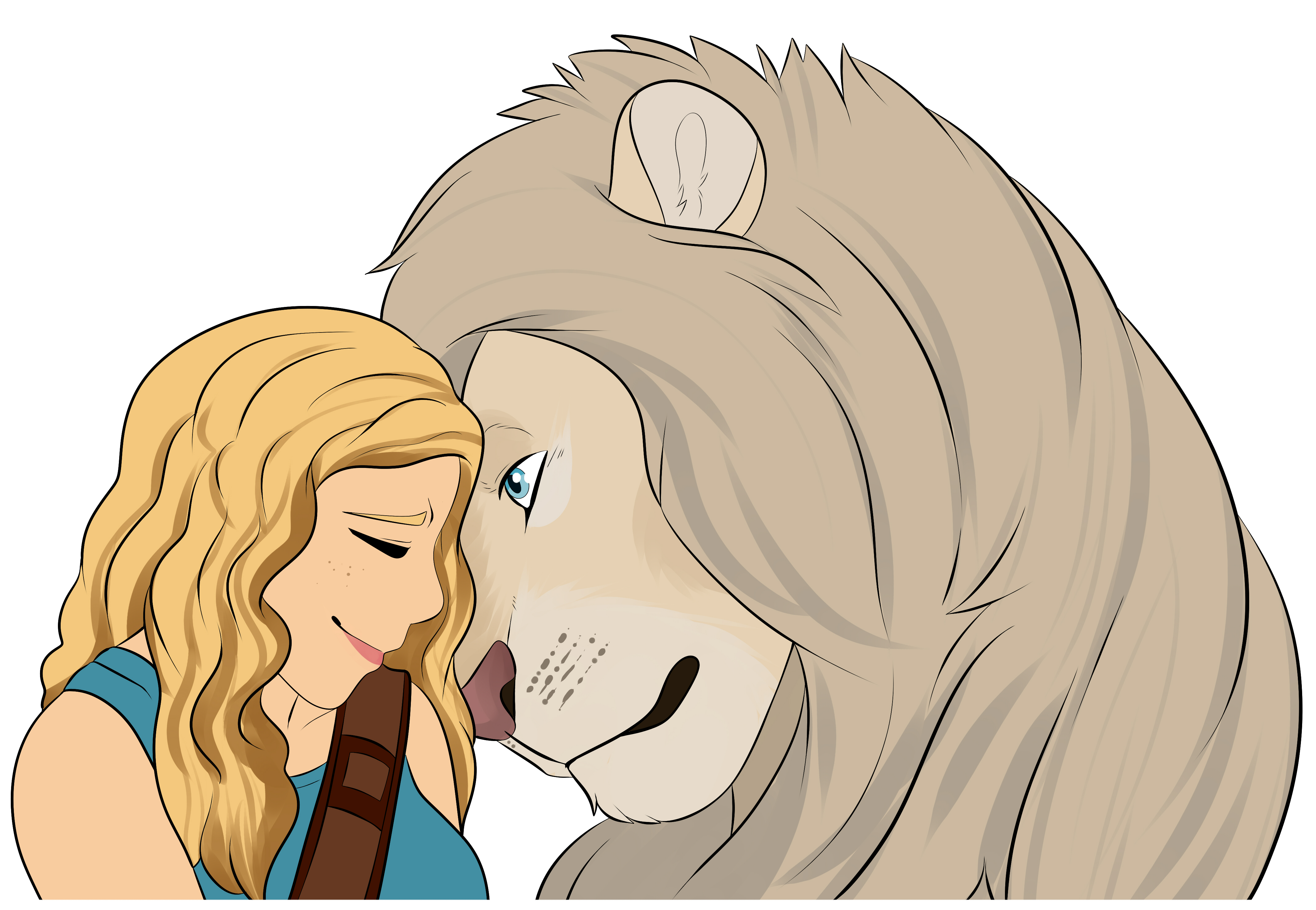“Mia and the White Lion” pounces on CIFF
“Mia and the White Lion” had its first showing in North America at the Chandler international Film Festival with proceeds benefiting Phoenix Children’s Hospital.
“Mia and the White” Lion follows 11-year-old Mia as she moves from London to South Africa and follows her over the course of three early formative years.
Over those three years Mia develops an unlikely and unusually deep bond with a rare white lion named Charlie.
As Mia and Charlie grow closer Mia becomes threatened by her father who claims that he will sell Charlie to trophy hunters.
What follows is an enthralling and touching adventure as both our protagonist and her lion learn when to fight and when to run.
The film gets away with its flights of fancy by executing a level of craft usually reserved for fine dramas about the complexities of aging.
Due to the nature of lion training the actress portraying Mia and the lion had to grow up together, on and off screen.
This meant cast members flying back and forth to the set over a period of years as both the actress and the lion grew up.
“Mia and the White Lion” quickly becomes an adolescent and environmentally minded rendition of “Boyhood”.
As a result of this level of craft certain moments of waning disbelief are dismissed as quickly as the next transcendent shot of a child lounging with a large lion.
“Mia and the White Lion” feels as satisfying as an Arthurian epic but manages to keep its child like levity due to its gratifying character arcs.
Both Mia and her fathers growth as characters provides the film with touches of balance, progress, and duplicity.
The films humanitarian efforts end up being balanced by some of its cultural failings and over the course of the movie the two render each other neutral.
“Mia and the White Lion” includes the motif of an illegal lion trade in south Africa and does so by thoroughly condemning the practice and showing its horror in all its gory glory.
However, the film fails to show this experience using a balanced depiction of a South African identities.
The only people of color who appear in the film are either maids or tribesmen which furthers the stereotypes of people of color in South Africa.
“Mia and the White Lion” features the talents of French actress Melanie Laurent as Alice Owen, mother of Mia Owen, portrayed by Daniah De Villiers.
Melanie Laurent’s performance anchors the film in a maternal warmth that works its way through the characters and even fins its way down to Charlie.
Laurent’s character is the emotional constant of the family and her hardline ethical and moral stances guide the family forward.
On that same note, Laurent’s performance anchors the film with a sympathy and gentle strength and places the films corner-stone in a position of love.
Daniah De Villiers has her moments of prowess on screen but finds herself constantly battling for screen presence against a massive white lion.
Unfortunately, this means we lose some close-ups of excellent emotional displays in favor of shots with Mia and Charlie walking or sitting.
“Mia and the White Lion” is an excellent film for those concerned with animal conservation across the world or for those animal lovers whose sensibilities lean more towards Bambi than Air Bud.
The film would also be wonderful for older children but may frighten or disturb younger children with sensitivities to animals.
“Mia and The White Lion” premiers stateside in April. Check your local theaters for showtimes or check wherever films are digitally rented.
